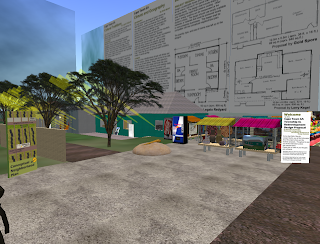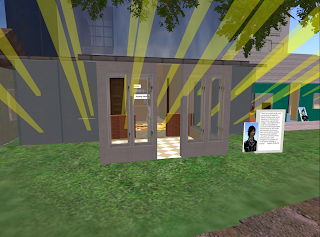My summary of general culture in Cape town area. Cape Town is known to be the oldest city of South Africa. It’s also to be said that Cape Town is the second most populous city in South Africa, forming part of the metropolitan municipality of the City of Cape. Metropolitan municipality is a city which executes all the functions of local government for a conurbation. This is by compared to areas which are primarily countryside, where the local government is divided into district and local cities.
Republic of South Africa is consisting of
11 official languages. Afrikaans (Afrikaans), English, Ndebele (isiNdebele), Northern Sotho (Sesotho sa Leboa), Sotho (Sesotho), Swati (siSwati), Tsonga (Xitsonga), Tswana (Setswana), Venda (Tshivenḓa), Xhosa (isiXhosa), Zulu (isiZulu).
English is also frequently used, especially in the urbanized areas of Cape Town.
In the Sothern region of South Africa the majority speak
Afrikaans.
(
http://mobile.answers.com/topic/south-africa?curtab=2750_1)
The word
braai Afrikaans for "barbecue" or "roast" and is a social custom in Botswana, South Africa, Namibia, Zimbabwe and Zambia. The traditions around a braai can be considerably different from a barbecue, however, even if the method of food preparation is very similar.
(
http://en.wikipedia.org/wiki/Braai)
Kwaito is a music genre that emerged in Johannesburg, South Africa in the early 1990s. It is based on house music beats, but typically at a slower tempo and containing melodic and percussive African samples which are looped, deep basslines and often vocals, generally male, shouted or chanted rather than sung or rapped.
House music arrived in Cape Town in the early 1990s at raves like the World Peace Party and in the original venue Club Eden, and later Uforia and DV8. This spread northward where, in the mid 1990s, Chicago house was becoming a popular genre in Johannesburg clubs such as 4th World, and local artists fused its sound with that of South African music.
(
http://en.wikipedia.org/wiki/Kwaito)
Isicathamiya is a singing style that originated from the South African Zulus. In European understanding, a cappella is also used to describe this form of singing.
Isicathamiya choirs are traditionally all-male. Its roots reach back before the turn of the 20th century, when numerous men left the homelands in order to search for work in the cities. As many of the tribesmen became urbanized, the style was forgotten through much of the 20th century.
(
http://www.nationmaster.com/encyclopedia/Isicathamiya)
Joseph Shabalala (28 August 1941 - ), born Bhekizizwe Joseph Siphatimandla Mxoveni Mshengu Bigboy Shabalala, is the founder and musical director of the South African choral group Ladysmith Black Mambazo.
(
http://en.wikipedia.org/wiki/Joseph_Shabala)
Miriam Makeba(4 March 1932 - 10 November 2008), was a South African singer and civil rights activist. The Grammy Award winning artist is often referred to as Mama Afrika.
Architecture
Cape Town's rich colonial history has endowed the city with some distinctive old buildings in the distinctive Cape Dutch style with its whitewashed walls, ornate gables and thatched roofs. Some of the best examples of these are to be found on the many wineries the most easily accessible of which is Groot Constantia in Cape Town's southern suburbs. An easy stroll along the 'Historical Mile' between Muizenberg and Kalk Bay will take you past Posthuys, the oldest building in South Africa. Their attractive, brightly coloured, flat-roofed houses, decorative mosques and the sound of the muezzin calling over the city streets have remained relatively undisturbed for all this time.
Dating back to roughly the same period is the oldest European structure in South Africa, the Castle of
Good Hope.













